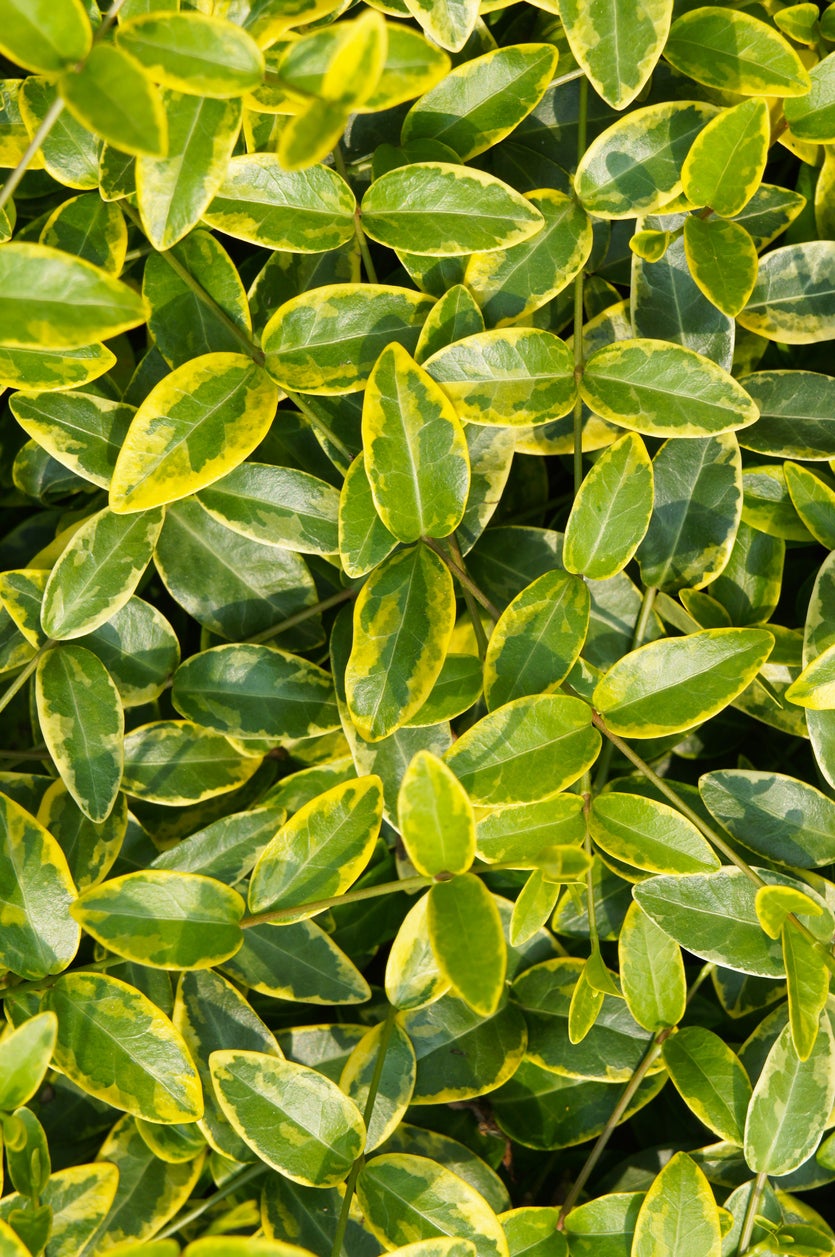My Vinca Is Turning Yellow: What To Do With A Yellowing Vinca Plant
Are the leaves on your vinca plants turning yellow? It may be a disease or soil that isn't draining well. Check your plants' growing conditions first.


Annual vinca flowers are a popular choice for home landscapes in hot, sunny locations. Unlike perennial vinca, which prefers shade, annual vincas bloom only one season. These popular white to pink flowers make a wonderful addition to low growing flower beds or any garden space that needs a pop of color. Though extremely easy to grow, there are many issues which may cause signs of distress in vinca plants.
Becoming familiar with the common concerns of growing vinca will help keep your planting vibrant and beautiful throughout the summer season.
One of the most frequent issues involving this plant is related to vinca leaves changing color. If your vinca is turning yellow, one or more issues may be the cause. While a yellowing vinca plant does not necessarily indicate disease, it is possible.
Causes of Yellowing Vinca Plant
Yellow vinca leaves can be caused by a large range of environmental factors. Though vinca plants are hardy and tolerant of a wide range of growing conditions, it is important that their planting site is well drained. Soil that is excessively moist may cause a yellowing vinca plant.
Other factors which may negatively impact the health of the plant include too much or not enough fertilization. Properly meeting the needs and requirements of the vinca will be an important aspect of maintaining a lush, green planting.
When conditions for plant growth are less than ideal, plants may easily become stressed. In general, stressed plants are more susceptible to disease. Vinca plants are no exception to this, as diseases like leaf spot and root rot are common.
Caused by various types of fungal infections, yellowing vinca plants is one of the first symptoms of the overall decline in health of your vinca planting. Properly diagnosing specific vinca plant diseases can help you determine how to treat the infection.
Sign up for the Gardening Know How newsletter today and receive a free copy of our e-book "How to Grow Delicious Tomatoes".
Preventing disease and yellow vinca leaves is the most important step in keeping the garden looking beautiful. When purchasing plants, always make sure to choose those that are disease free.
Water the plants in a way that avoids wetting the leaves. If disease does occur, make sure to remove and destroy the infected plants. This will reduce the spread and occurrence of pathogens in the garden.

Tonya Barnett has been gardening for 13 years. Flowers are her passion. She has transformed her backyard into a cut flower garden, which she regularly chronicles on her YouTube channel http://www.youtube.com/@tonyawiththeflowers.